1907
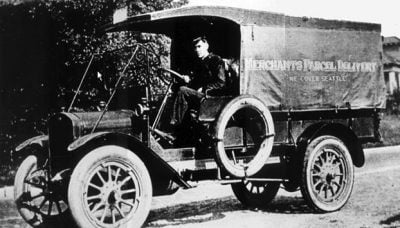
The eldest of the Casey kids, Jim, starts a messenger service to help support his mother and siblings. This service later becomes UPS.
Focusing on the work of the Foundation from 1990 to 2010, this film tells powerful personal stories of lives, families and communities transformed through the loving bequest of UPS founder Jim Casey.

The eldest of the Casey kids, Jim, starts a messenger service to help support his mother and siblings. This service later becomes UPS.
Jim and his siblings establish the Annie E. Casey Foundation to honor their mother. They start by supporting a camp for disadvantaged kids near their Seattle home.
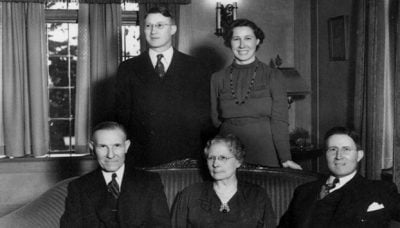

UPS shifts its headquarters from New York City to Connecticut. With the move, Jim makes a bequest to a child welfare agency started by the Foundation seven years earlier in Seattle. This gift allows the organization, now called Casey Family Programs, to operate as an ongoing independent philanthropy.

Now in Greenwich, Conn., we establish foster care services in Connecticut and Vermont, an innovative practice in a time of orphanages. Eventually named Casey Family Services, it expands to serve children and families throughout New England and Maryland until its closing in 2012.

Jim dies at age 95. His final bequest allows the Foundation to greatly expand its support of organizations, agencies and communities that help disadvantaged kids.
Before his death, Jim said:
What is needed is a renewed determination to think creatively, to learn from what has succeeded and what has failed, and, perhaps most important, to foster a sense of common commitment among all those concerned with the welfare of children.
We continue to use data and evidence as a way of bringing communities together on behalf of children and families.
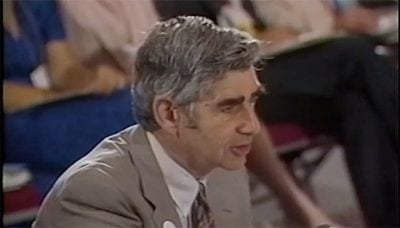
Coming from UPS, Marty Schwartz is named the organization's first executive director in June. His tenure saw the launch of the Foundation's Juvenile Detention Alternatives Initiative® and its signature work in child welfare reform.
With the launch of New Futures, an effort to support urban youth transitioning to adulthood, we begin to establish several multiyear, multisite initiatives during the next two decades, making long-term commitments to a number of vulnerable communities. The Foundation continues to share lessons from many of these efforts.

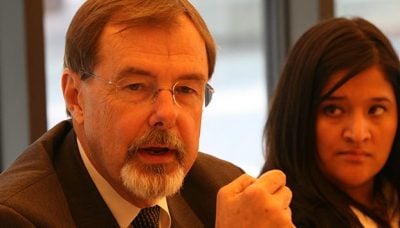
Douglas W. Nelson is named executive director, eventually becoming our first president and CEO. In this year, he oversees the first KIDS COUNT Data Book.
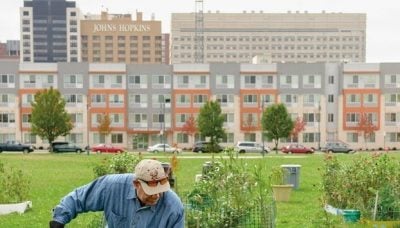
We move our headquarters from Greenwich to Baltimore, as we continue to lead multiyear, multisite reform initiatives in key communities.

We launch the Jim Casey Youth Opportunities Initiative in partnership with Casey Family Programs, focusing on youth transitioning from foster care. Our strategic consulting services to child welfare and juvenile justice systems.
Patrick T. McCarthy becomes president and CEO.
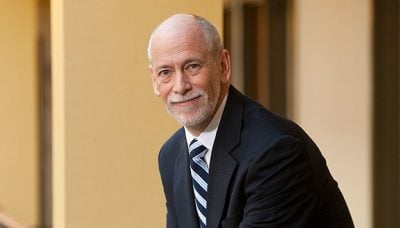

We join with other national foundations to support a White House effort aimed at improving the lives of young men of color. We also release Race for Results, a landmark report detailing the progress of children in America.

Lisa Hamilton is named president and CEO.

We partner with public, private and philanthropic institutions and organizations on Thriving Families, Safer Children, which advances approaches that create the conditions for strong, thriving families where children are free from harm.

We launch Thrive by 25, dedicating at least half of our investments over the next decade to improving the well-being and prospects of youth and young adults ages 14–24. By working with young people, we seek to ensure they have the family connections, relationships, communities and educational and employment opportunities they need to successfully transition into adulthood.

We open The Nia Building™, at Pittsburgh Yards® — an innovative development project to grow equitable career, entrepreneurship and wealth-building opportunities for residents in Atlanta’s south side.
We debut the Rising Leaders for Results Fellowship, a new program for emerging leaders representing the public, nonprofit and for-profit sectors, who wish to work within their communities toward specific, measurable improvements for young people and families.
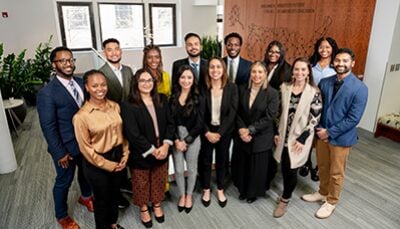

With a focus on results, we continue to build on our agenda, ambitions and vision in ways that would make Jim proud.